End of an era: OKC Zoo set to demolish Aquaticus, here's what's coming next
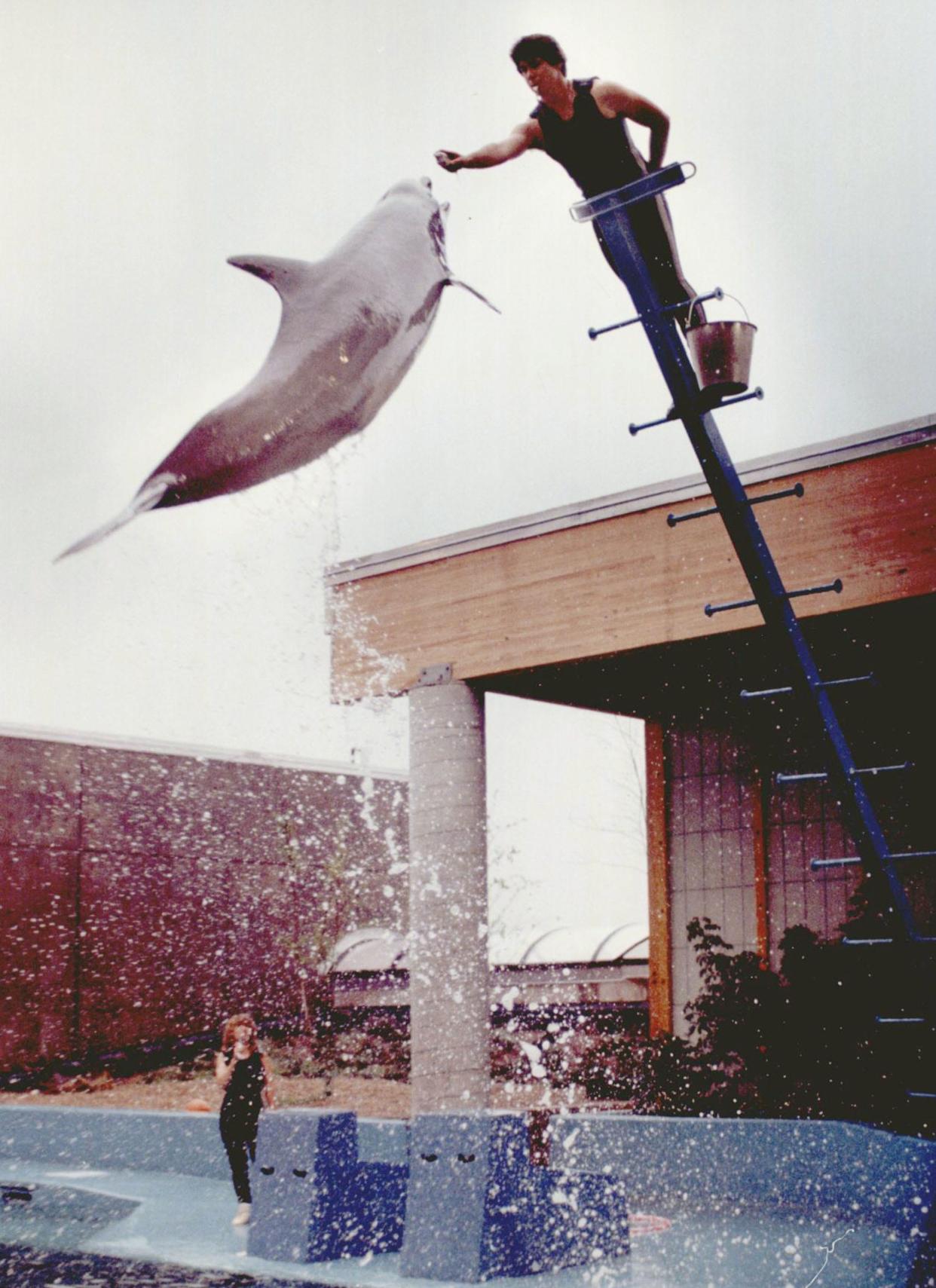
Aquaticus, once the star attraction at the Oklahoma City Zoo, is set to be demolished to make way for a new sea lion exhibit and other improvements as part of an ongoing master plan.
More than 20 years have passed since dolphin performances ended at Aquaticus after three dolphin deaths and protests by animal rights groups. Zoo Executive Director/CEO Dwight Lawson said performances continued with sea lions at the aging Aquaticus, which opened in 1986, but the exhibit is no longer ideal for the animals or visitors.
“Several years ago, we brought in architects to see what we could do with the building since it was becoming outmoded for just sea lions,” Lawson said. “We did a couple of studies to see if there was something that could be done with it. But due to its unique construction and ADA rules, there was really nothing we could convert that building into.”
Lee Allan Smith, who led fundraising for Aquaticus, was saddened to hear the end is near for the amphitheater where dolphins once drew cheers and where visitors could see dolphins up close in the underground pool and aquarium.
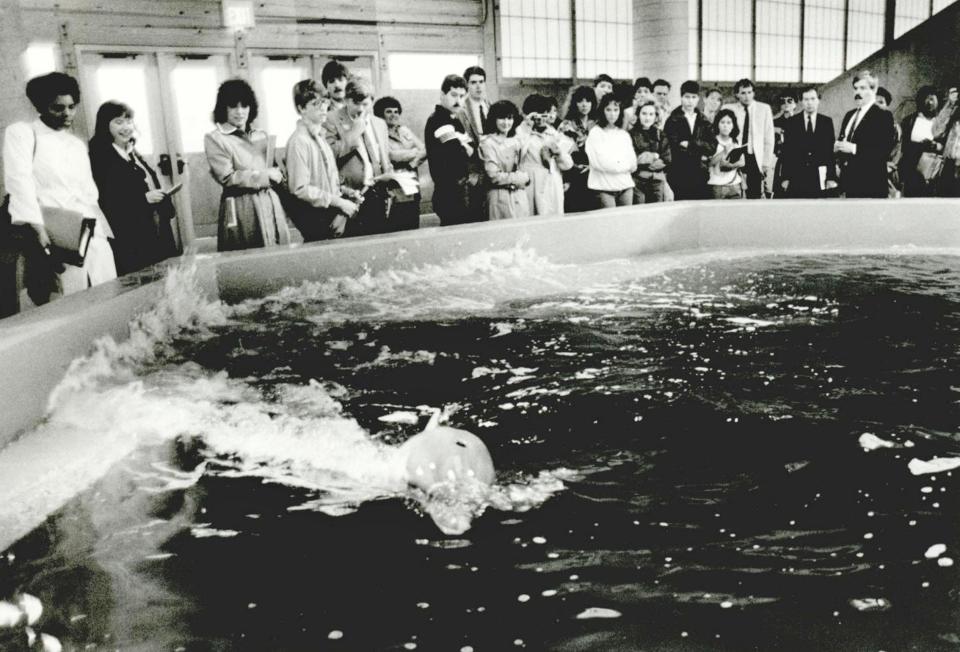
“It’s a shame,” Smith said. “I had to go way out to California to see dolphins with my children. I thought we have to have them here to see them.”
Smith, now 93, said Aquaticus was a much needed boost for the zoo and paved the way for passage of a 1/8th-cent sales tax dedicated to the zoo that has been used to rebuild and modernize much of the park.
A history of Aquaticus at Oklahoma City Zoo
Planning for Aquaticus began in 1974 with a $400,000 grant from a bond issue. Smith, one of the city’s top philanthropic fundraisers, ultimately raised $4.5 million in pledges. The project cost, however, jumped from $4.5 million to $5.2 million. The oil bust, which devastated the state’s economy, led to pledges dropping to $2.6 million.
Smith doubled up on fundraising and started a campaign that included a telethon, donation cans at convenience stores, and dolphin mascot visits to schools and community organizations.
“The response was tremendous,” Smith said. “People loved it. And it's hard not to love dolphins. We put out ads saying ‘the dolphins are coming, the dolphins are coming’.”
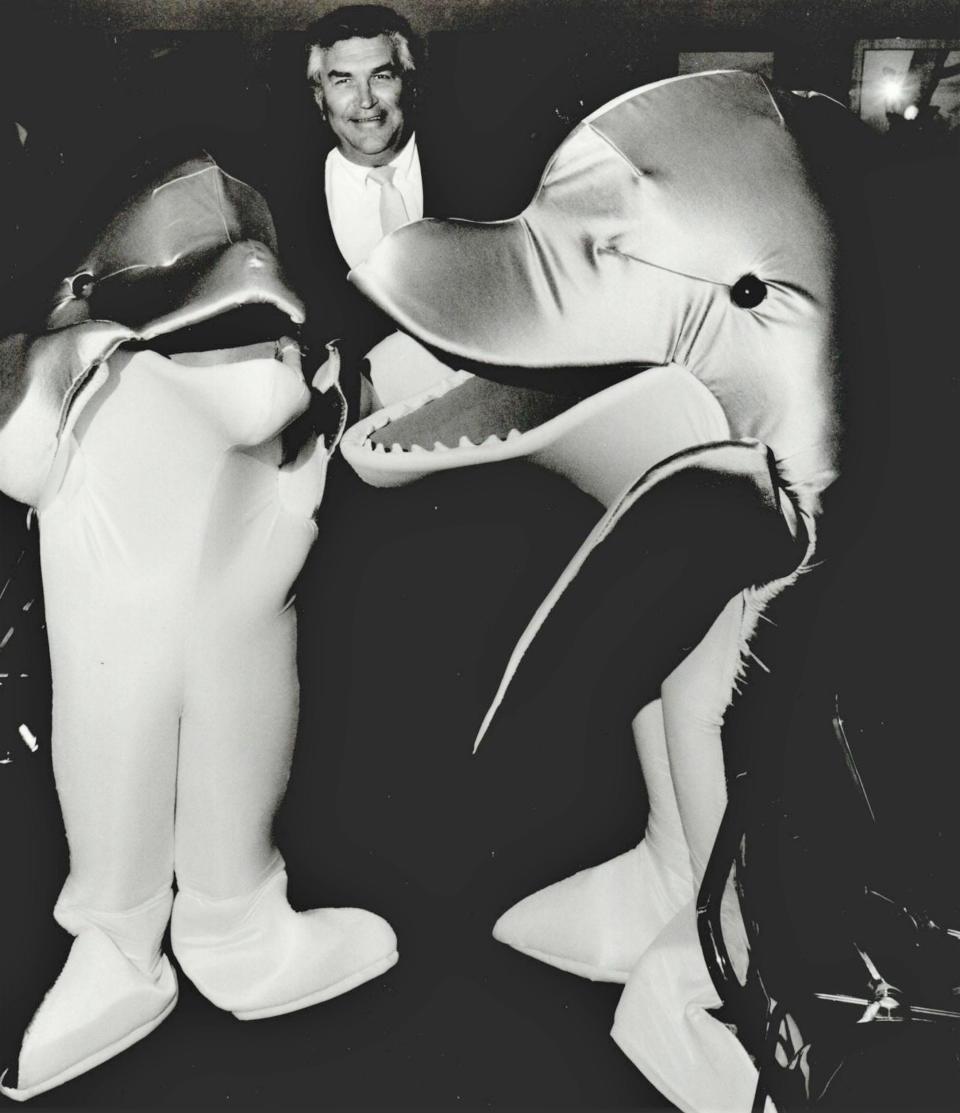
The timing couldn’t have been any better. The zoo, lacking any significant new exhibits in the prior years, saw attendance dropping and was looking to reduce the number of animals and to close its gates five months a year.
The opening day for Aquaticus drew a record 15,000 visitors. Oklahoma City once again fell in love with its zoo. The venue included a 205,000-gallon, 14-foot-deep performance pool. Two stories below, windows allowed underwater viewing of the dolphins as they prepared for stunts.
Oh, baby! Oklahoma City Zoo has their hands full with the youngest new additions
The Great EscApe, another exhibit planned to be built in the 1980s, was put on hold to provide funding to pay for the completion of Aquaticus. But the ensuing public support for the zoo and the sales tax paid for a far more ambitious master plan.
Crowds, however, gravitated to other exhibits after the dolphin shows ended and the zoo closed Aquaticus to guests in 2017.
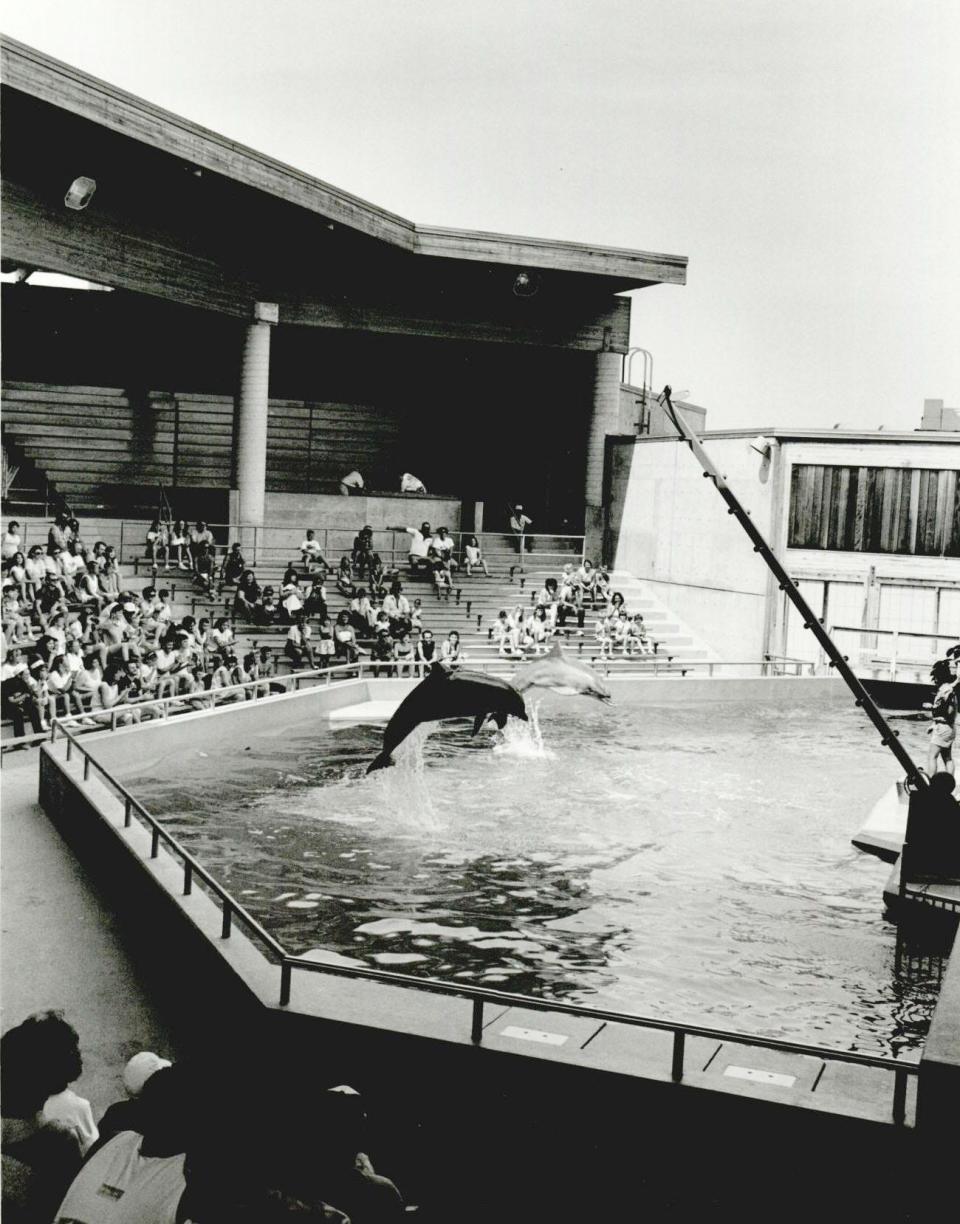
The grounds surrounding Aquaticus are dramatically different from the zoo that guests saw in 1986. A vast number of the animals at the zoo, including lions, tigers, apes and elephants, are all in modern new areas where they have more room to roam and are no longer kept in confined pits or display yards.
What to know about the new exhibits replacing Aquaticus
Lawson said demolition of Aquaticus should begin this winter with construction of the new sea lion exhibit to begin soon after.
“This is an exciting time of growth and transformation for the OKC Zoo, and we are extremely grateful to our guests, members and the community for their continuous support,” Lawson said. “Guests will experience a renewed connection to these animals and their habitat as they discover this breathtaking new oasis. Our goal is to inform guests about the importance of protecting and maintaining healthy water sources for all living things while inspiring conservation action.”
This new habitat expansion will be located in the eastern section of the park overlooking Zoo Lake and encompass 3.5 acres, including existing sites for Aquaticus and the Pollinator Garden.
With the Pollinator Garden being repurposed for this project, the zoo is establishing additional pollinator gardens throughout its grounds to replenish habitat for native pollinators.
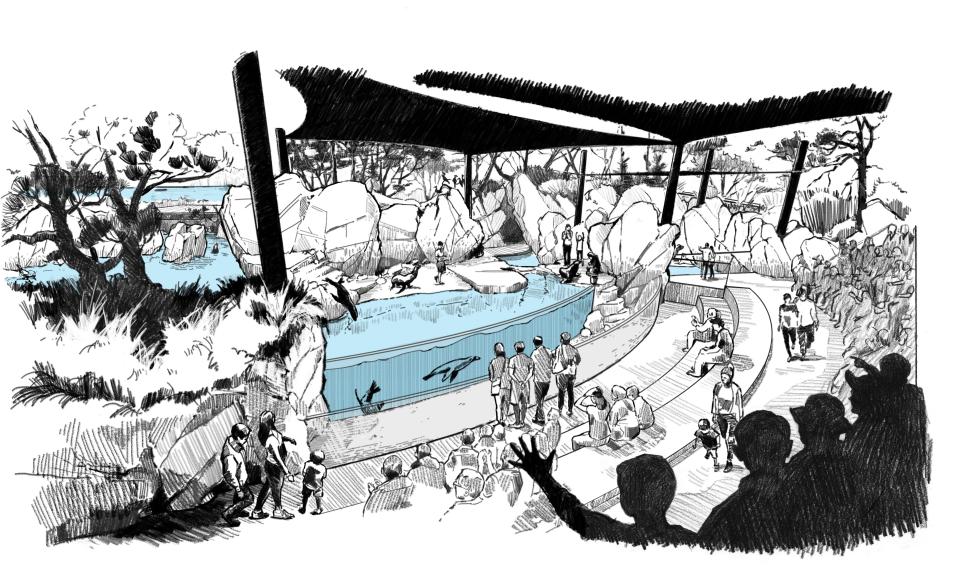
Design features of the improved marine mammal habitat include an outdoor amphitheater for educational presentations and caretaker chats, beach areas for the animals, “nose-to-nose” views of the sea lions and seals, an interactive sand area for kids, special event space and much more.
Guests will be treated to an 8-foot-tall underwater viewing window offering opportunities to watch sea lions and seals swim and glide through the water. Project plans also include reusing and repurposing select materials from existing sites into the new habitat.
“We are thrilled to build a brand-new, dynamic habitat space for our marine mammal family,” said Sierra Chappell, OKC Zoo’s assistant curator of marine mammals. “Our sea lions and seals will be welcomed back to an innovative space full of opportunities to enhance their overall wellbeing.”
This article originally appeared on Oklahoman: OKC Zoo Aquaticus, no longer home to dolphins, set to be torn down

